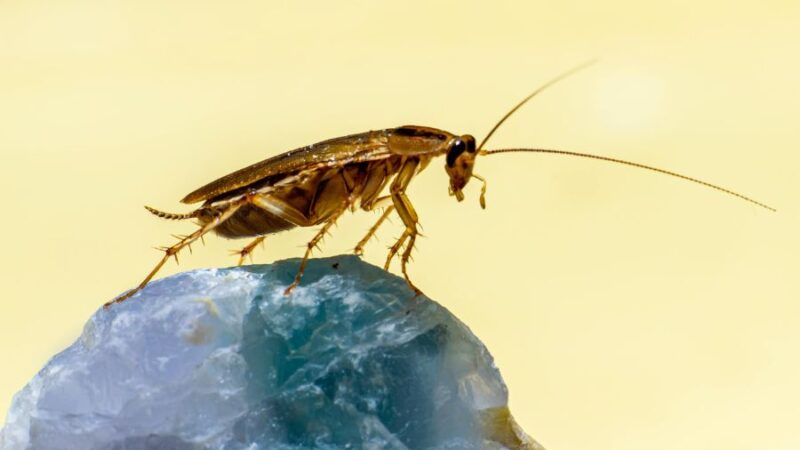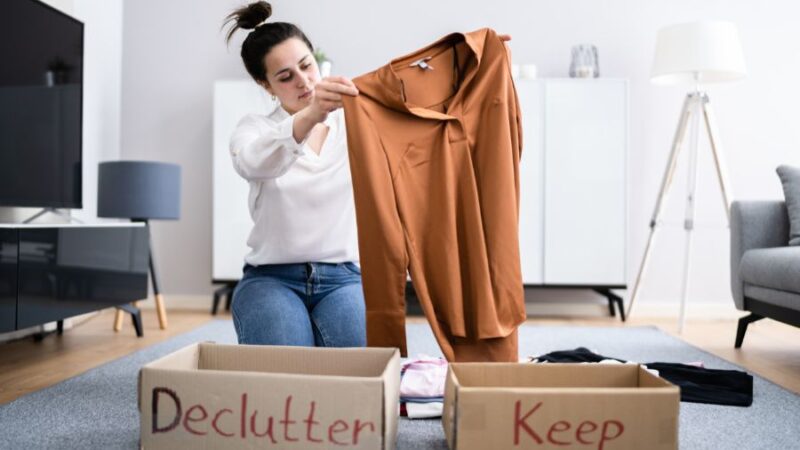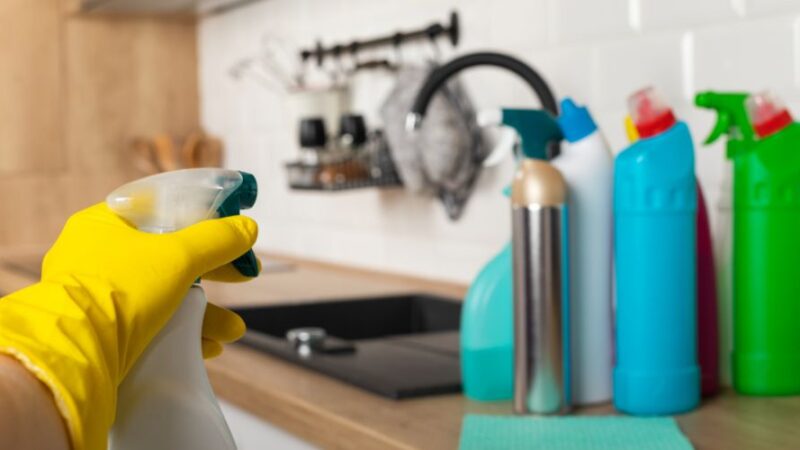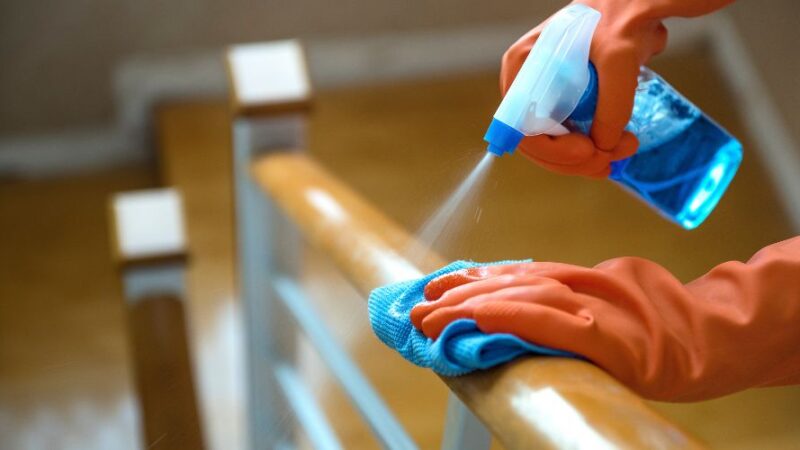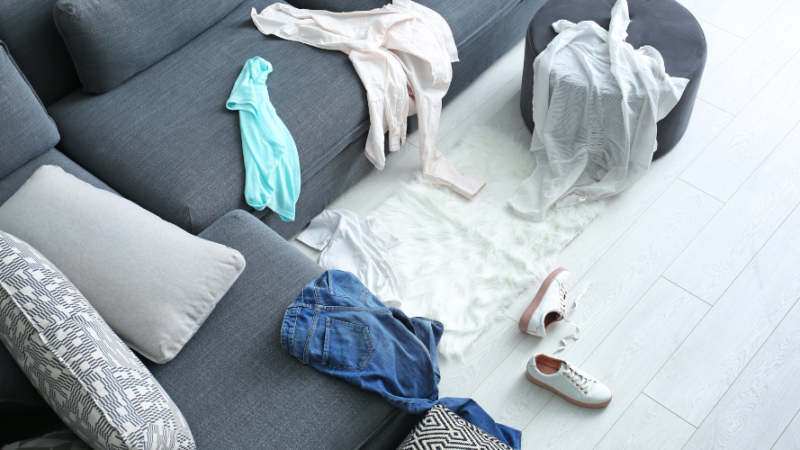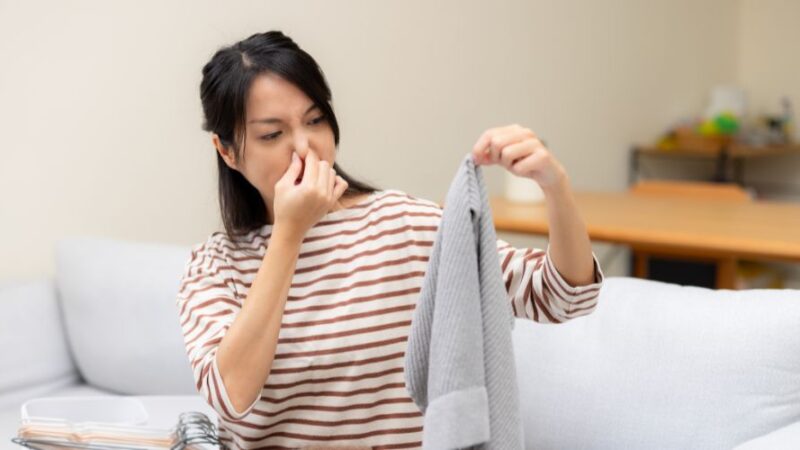Top 10 Germ Hotspots in Your Home (And How to Clean Them)

Ever wondered where germs are hiding in your home? It’s not always where you’d expect. While you might focus on cleaning obvious spots like the bathroom or kitchen, there are unexpected germ hotspots lurking in everyday items and overlooked corners.
From the seemingly harmless kitchen sponge to your frequently touched remote control, germs can be sneaky and persistent. Ready to uncover these hidden troublemakers and learn how to tackle them?
Let’s explore the top germ hotspots in your home and discover practical tips for keeping them clean and germ-free!
inly! Here’s an in-depth exploration of the Top 10 Germ Hotspots in Your Home (And How to Clean Them):
1. Kitchen Sponge and Dishcloth
Why It’s a Hotspot:
The kitchen sponge is one of the dirtiest items in your home. Used to wipe surfaces, clean dishes, and tackle spills, sponges and dishcloths are constantly exposed to food particles, grease, and moisture, creating an ideal environment for bacteria like E. coli, Salmonella, and Staphylococcus to thrive.
Because sponges are often damp and have a porous structure, they can trap and harbor bacteria, which can then spread to the surfaces you clean.
How to Unclog Blocked Drain in Your Home
How to Clean It:
To keep your kitchen sponge sanitary, it’s important to disinfect it regularly. One effective method is to microwave your sponge for 1-2 minutes every few days, which kills most bacteria. Alternatively, you can run it through the dishwasher on the hot cycle.
For dishcloths, washing them in hot water and bleach on a weekly basis will help to keep them free from harmful germs. It’s also a good idea to replace sponges frequently, as no amount of cleaning can fully sanitize an old, heavily used sponge.

2. Kitchen Sink
Why It’s a Hotspot:
The kitchen sink is another unexpected germ haven. While it’s used to clean dishes and wash food, the sink itself can accumulate food particles, grease, and bacteria from raw meat and other sources. These can cling to the sides of the sink, the faucet, and even the drain, making the sink one of the dirtiest places in your kitchen.
The moist environment only exacerbates the problem, providing a perfect breeding ground for bacteria.
7 Hacks To Keep Your Fridge Clean And Organized
How to Clean It:
To keep your kitchen sink clean and safe, scrub it daily with hot water and dish soap to remove food particles and grease. Once a week, disinfect the sink by applying a mixture of one part bleach to ten parts water, letting it sit for a few minutes before rinsing.
You can also use a solution of vinegar and baking soda for a natural disinfectant. Don’t forget to clean the faucet handles and the drain, as these areas are often overlooked but can harbor bacteria.
Top 10 Kitchen Cleaning Products You Should Be Using
3. Toothbrush Holder
Why It’s a Hotspot:
The toothbrush holder is often neglected in cleaning routines, yet it’s one of the dirtiest items in your bathroom. It can collect toothpaste residue, water, and bacteria from the air.
When toothbrushes are stored wet, they can drip into the holder, creating a damp environment where bacteria can flourish. The close proximity to the toilet in most bathrooms can also contribute to contamination.

How to Clean It:
To keep your toothbrush holder sanitary, it’s important to clean it regularly. Run it through the dishwasher once a week, or wash it by hand with hot soapy water and a small brush to get into all the nooks and crannies.
Make sure to let the holder dry completely between uses to prevent bacterial growth. It’s also a good idea to clean the area around the holder, as water and bacteria can spread to the countertop.
Essential Cleaning Equipment Every Home Should Have
4. Remote Control
Why It’s a Hotspot:
Remote controls are frequently touched by multiple people throughout the day but are rarely cleaned. This makes them a prime spot for the accumulation of germs, including bacteria and viruses.
As we often handle remotes while eating, touching our faces, or after touching other contaminated surfaces, they can quickly become a hotbed for germs.

How to Clean It:
To clean your remote controls, use disinfectant wipes or a cloth dampened with a mixture of 70% isopropyl alcohol and water. Be sure to clean around the buttons and in any crevices where dirt and germs can accumulate.
Regular cleaning—at least once a week—can help prevent the spread of germs and keep your remote controls sanitary.
5. Light Switches and Doorknobs
Why It’s a Hotspot:
Light switches and doorknobs are some of the most frequently touched surfaces in your home, yet they’re often overlooked when it comes to cleaning.
Every time you turn on a light or open a door, you transfer germs from your hands to these surfaces, where they can accumulate and be transferred back to your hands the next time you touch them.

How to Clean It:
To keep these high-touch areas clean, wipe down light switches and doorknobs daily with a disinfectant wipe or a cloth soaked in a mild cleaning solution. For a deeper clean, use a cotton swab dipped in disinfectant to get into the small crevices around the edges.
Regular cleaning will help reduce the risk of spreading germs throughout your home.
6. Cell Phones and Tablets
Why It’s a Hotspot:
Cell phones and tablets are with us everywhere we go, collecting germs from our hands, surfaces we touch, and even the air. Studies have shown that our phones can harbor more bacteria than a toilet seat! Because we often touch our faces after handling our devices, they can be a significant source of germ transmission.
How to Clean It:
Clean your phone and tablet daily with a microfiber cloth and an alcohol-based cleaner or disinfectant wipes that are safe for electronics. Be sure to clean the case and any buttons as well, as these areas can also harbor germs. Avoid using harsh chemicals or too much liquid, as these can damage your device. Regular cleaning will help keep your devices—and you—germ-free.
7. Bathroom Faucet Handles
Why It’s a Hotspot:
Bathroom faucet handles are another often-overlooked germ hotspot. They’re touched by dirty hands before washing, making them a prime spot for bacteria to collect. Water splashes can also contribute to the spread of germs to other areas of the bathroom.
How to Clean It:
To keep bathroom faucet handles clean, wipe them down daily with a disinfectant wipe or a cloth soaked in a vinegar and water solution. For a deeper clean, scrub the handles with a brush and disinfectant, paying special attention to any grooves or crevices where bacteria can hide. Regular cleaning will help keep your bathroom a more sanitary place.
8. Computer Keyboards and Mice
Why It’s a Hotspot:
Computer keyboards and mice are used frequently, especially if you work from home, and can harbor a significant amount of bacteria. If you eat or drink near your computer, crumbs and spills can get trapped between the keys, further contributing to bacterial growth.

How to Clean It:
Turn off your computer and unplug the keyboard and mouse before cleaning. Use compressed air to blow out debris from between the keys, then wipe down the surfaces with a cloth dampened with isopropyl alcohol. You can also use a cotton swab dipped in alcohol to clean between the keys. Cleaning your keyboard and mouse regularly—at least once a week—will help keep them free of germs.
9. Bathroom Towels
Why It’s a Hotspot:
Bathroom towels can retain moisture for a long time, making them a perfect environment for bacteria and mold to grow. If towels are not dried properly between uses, they can start to smell musty and become a breeding ground for germs.
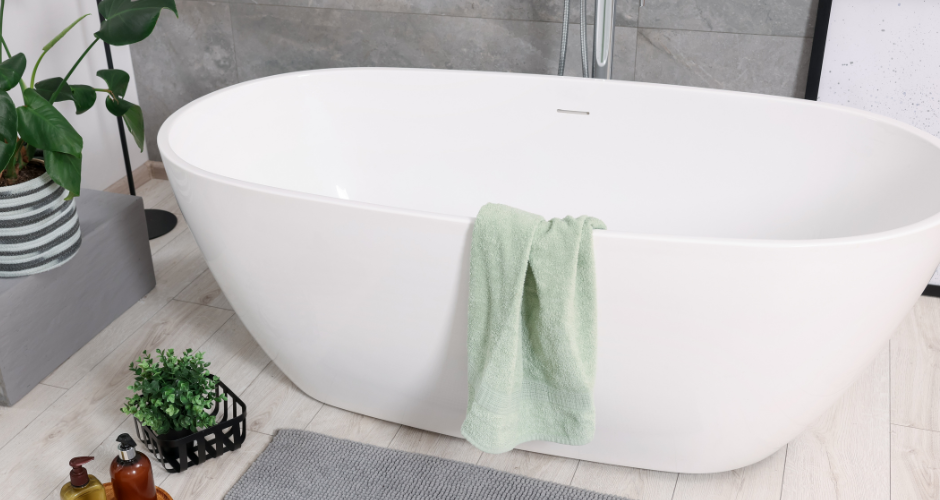
How to Clean It:
To keep your bathroom towels clean and fresh, wash them in hot water and bleach (if the fabric allows) after three uses. Make sure to dry them completely between uses by spreading them out on a towel rack or drying them in a dryer. Replace towels every couple of years or whenever they start to smell musty, as no amount of washing can fully remove mold and bacteria from old, worn towels.
10. Pet Bowls and Toys
Why It’s a Hotspot:
Pet bowls and toys can harbor bacteria from food, saliva, and the environment, making them a potential risk for both pets and humans. If not cleaned regularly, pet bowls can become slimy with bacterial buildup, and toys can accumulate dirt and germs.
How to Clean It:
To keep pet bowls sanitary, wash them daily with hot, soapy water. Disinfect them once a week by soaking them in a vinegar and water solution. Pet toys should be cleaned weekly, either in the dishwasher (if safe) or by hand with soap and water. Regular cleaning will help keep your pets healthy and reduce the risk of germs spreading in your home.
Conclusion: Staying Ahead of Germs
Keeping your home clean and free of germs is essential for maintaining a healthy living environment. By focusing on these top 10 germ hotspots and incorporating regular cleaning practices, you can significantly reduce the risk of illness and create a safer space for you and your loved ones. Remember, consistency is key—regular cleaning and disinfecting are the best ways to keep germs at bay.

